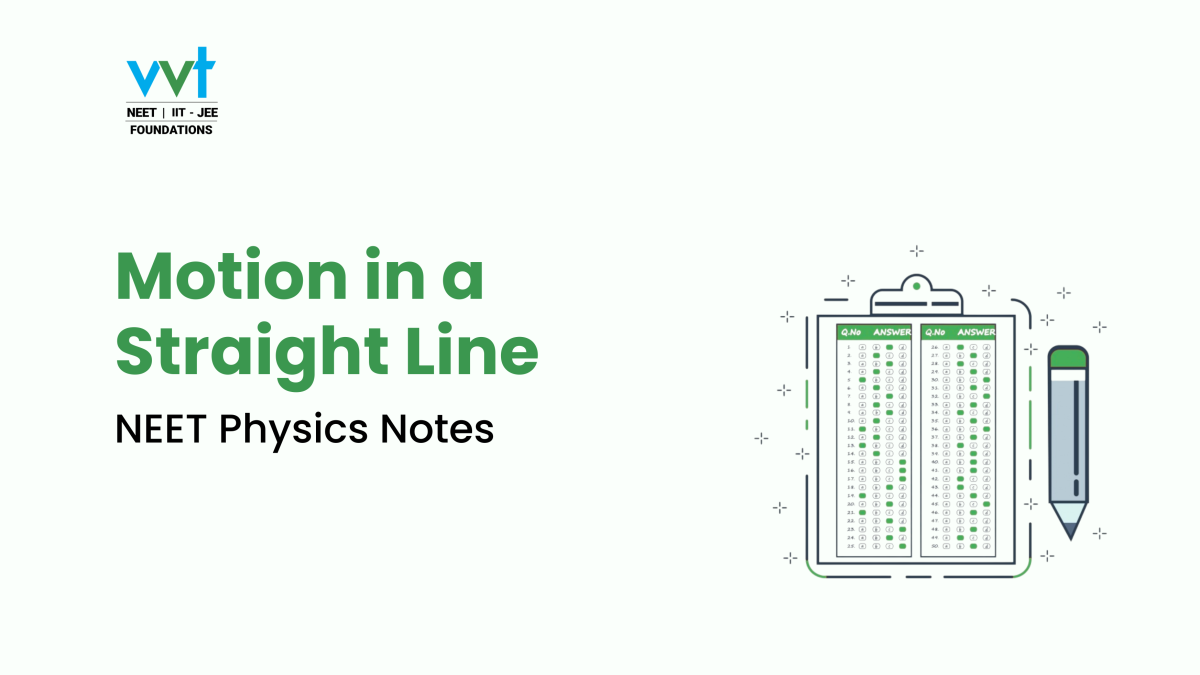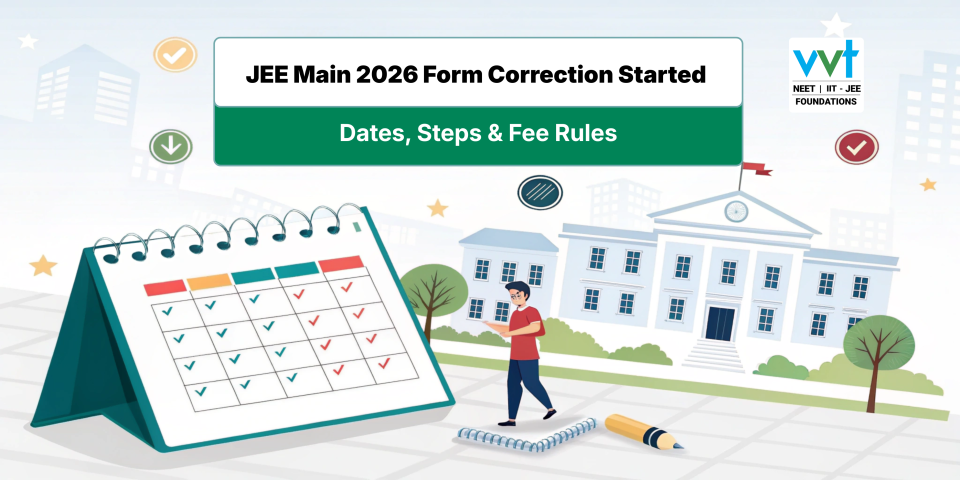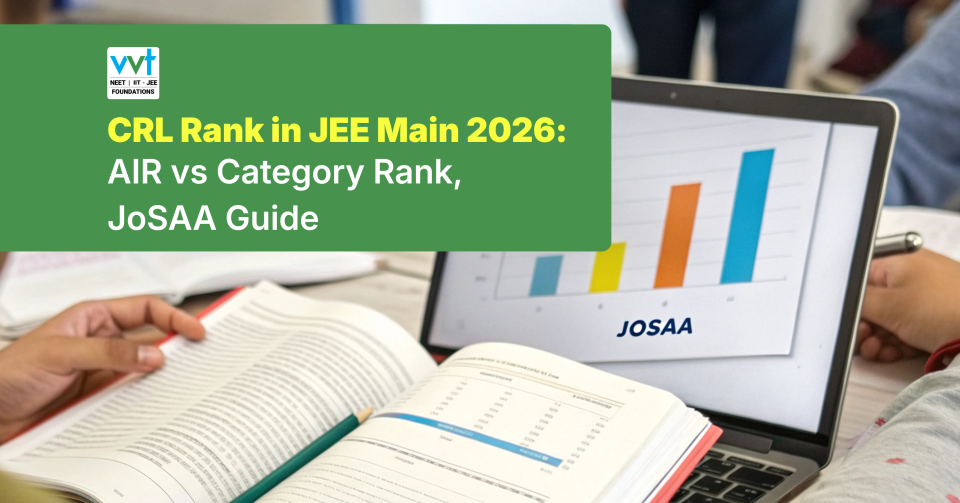
Motion in a Plane: A Comprehensive Guide for NEET
April 22, 2025
Thermodynamics: A Comprehensive Guide for NEET 2025 | VVT Coaching
April 24, 2025Motion in a Straight Line: A Comprehensive Notes for NEET 2025 | VVT Coaching
VVT Coaching Chennai – Ranked #1 Best NEET Coaching Centre by Times Now!
Motion in a straight line, also known as rectilinear motion, is one of the most fundamental topics in physics. It’s the starting point for understanding how objects move, and it’s absolutely essential for students preparing for competitive exams like NEET 2025.
Whether it’s a car accelerating on a highway or a ball falling from a height, motion in a straight line helps us make sense of the world around us. At VVT Coaching, we’re committed to providing high-quality, exam-focused resources that simplify complex topics and help you excel. In this guide, we’ll break down the key concepts of motion in a straight line—rest, motion, distance, displacement, speed, velocity, and acceleration—so you can build a strong foundation for your NEET preparation.
Basic Concepts
Rest and Motion
- Rest: A body is at rest if its position doesn’t change with time relative to its surroundings. For example, a book lying on a table is at rest relative to the table.
- Motion: A body is in motion if its position changes with time relative to its surroundings. For instance, a moving bicycle is in motion relative to the road.
Key Insight: Rest and motion are relative concepts. A passenger in a moving train is at rest relative to the train but in motion relative to someone on the platform.
Distance and Displacement
- Distance: The total path length traveled by an object, regardless of direction. If you walk around a park, the distance is the entire route you took.
- Displacement: The shortest straight-line distance from the starting point to the ending point, including direction. If you walk from one corner of a room to the opposite corner, displacement is the direct line between those two points.
Key Insight: Distance is a scalar (only magnitude), while displacement is a vector (magnitude and direction).
Speed and Velocity
- Speed: How fast an object is moving, calculated as distance divided by time. For example, a car traveling at 60 km/h.
- Velocity: Speed with direction, calculated as displacement divided by time. For instance, a car moving at 60 km/h north.
Key Insight: Speed is scalar, velocity is vector. Both can be average (over a period) or instantaneous (at a specific moment).
Acceleration
- Acceleration: The rate at which velocity changes. It can be an increase (speeding up) or decrease (slowing down, also called deceleration).
Key Insight: Acceleration is also a vector and can be uniform (constant rate) or non-uniform (varying rate).
Equations of Motion and Graphical Analysis
For motion with constant acceleration, we use specific equations to relate velocity, displacement, and time. These equations help solve real-world problems, like determining how far a car travels while braking or how long it takes for a ball to hit the ground when dropped.
Graphical analysis is another powerful tool:
- Position-Time Graph: Shows how position changes over time. The slope of this graph gives the velocity.
- Velocity-Time Graph: Shows how velocity changes over time. The slope gives acceleration, and the area under the graph gives displacement.
- Acceleration-Time Graph: Shows how acceleration changes over time. The area under this graph gives the change in velocity.
These graphs make it easier to visualize and understand motion, especially for NEET aspirants.
Special Cases of Motion
Uniformly Accelerated Motion
This is when an object’s velocity changes at a constant rate. A classic example is a ball rolling down a slope, where its speed increases steadily due to gravity.
Motion Under Gravity
- Free Fall: When an object is dropped, it accelerates downward due to gravity. For example, dropping a phone from a height.
- Upward Projection: When an object is thrown upward, gravity slows it down until it reaches its highest point, then it falls back down.
Key Insight: In both cases, gravity affects the motion, either speeding up the object (falling) or slowing it down (rising).
Relative Motion
Relative motion describes how one object moves compared to another. For example, if you’re in a moving car, a tree outside seems to move backward relative to you, even though it’s stationary. This concept is crucial for understanding scenarios like boats crossing rivers or two cars passing each other.
Key Concepts Table
| Concept | Description |
| Rest | Position doesn’t change with time relative to surroundings. |
| Motion | Position changes with time relative to surroundings. |
| Distance | Total path length traveled (scalar). |
| Displacement | Shortest straight-line distance with direction (vector). |
| Speed | Rate of distance covered (scalar). |
| Velocity | Rate of displacement (vector). |
| Acceleration | Rate of change of velocity (vector). |
This table provides a quick reference for the core concepts, making it easier for students to review and recall key ideas.
Weightage of Motion in a Straight Line NEET Notes – Last 5 Years
The table below shows the chapter’s weightage based on the NEET exams from 2020 to 2024:
| Weightage Following Previous Year’s Trends (2020-2024) | ||||||
| Chapter | Easy | Medium | Hard | Total | Average Q/yr | Weightage |
| Motion in a Straight Line | 0 | 8 | 0 | 8 | 1.60 | 3.17% |
According to NEET Chapter Wise Weightage 2025 for Physics, this chapter contributes about 3% of the total marks in Physics.
| NEET Chapter Wise Weightage 2025 for Physics | |
| Topics | Weightage (%) |
| Motion in a Straight Line | 3% |
Download the pdf of ‘Motion in a Straight Line notes for neet’
Conclusion
Motion in a straight line is a cornerstone of physics, providing the foundation for understanding how objects move in the real world.
For NEET 2025 aspirants, mastering this topic is essential, as it not only helps you score well but also prepares you for more advanced concepts in mechanics. At VVT Coaching, we’re dedicated to making physics accessible and engaging to support your learning journey. For further study and expert-curated materials, explore VVT Coaching’s resources and take the next step toward achieving your academic goals.
Also read:
- NEET Chapter Wise Weightage 2025
- NEET Physics Chapter-Wise Weightage
- NEET Chemistry Chapter-wise and Concept-Wise Weightage
FAQs on Motion in a Straight Line
- What’s the difference between distance and displacement?
Distance is the total path traveled, while displacement is the shortest distance from start to finish, including direction. - How do speed and velocity differ?
Speed is how fast you’re going (scalar), while velocity includes direction (vector). - What is uniform acceleration?
When velocity changes at a constant rate, like a car steadily speeding up. - How does gravity affect motion?
Gravity causes objects to accelerate downward in free fall or decelerate when moving upward. - Why is relative motion important?
It helps us understand how objects move compared to each other, like in traffic or river crossings. - How do graphs help in understanding motion?
Graphs visualize changes in position, velocity, and acceleration, making it easier to interpret motion.











